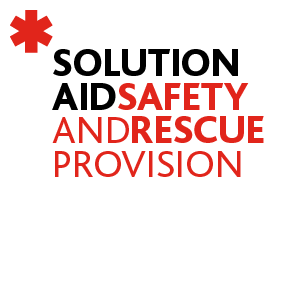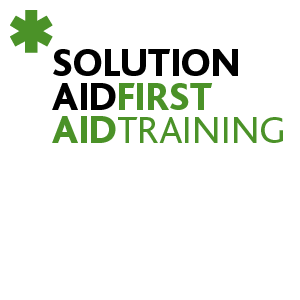In managing penetrating trauma in the tactical environment there are limited lifesaving interventions that are available to the tactical first responder. Mastering these skills under austere conditions requires repeated practice to build instinctive muscle memory. One such skill is familiarity with the use, placement, and venting of a chest seal device in the treatment of a sucking chest wounds.
A sucking chest wound (SCW) occurs when the chest is penetrated by a projectile or object, resulting in a defect (hole) that allows air to move between the chest cavity and the outside environment. When a SCW victim breaths in, air is drawn through the SCW into the chest cavity. This air may accumulate in a space between the lung and its lining called the pleural space. When breathing out, some portion of that air may escape. A SCW not only decreases the ability of a victim to breath, but puts them at risk for imminently deadly consequences. If air, drawn in through a SCW remains within the pleural space, over time it can accumulate under pressure, resulting in a deadly condition called a tension pneumothorax.
Chest Seal Devices
By placing a chest seal over an SCW, entry of air through the SCW is stopped, improving breathing, and reducing the risk of fatal complications.
Traditionally, a dressing taped on three sides was utilised to accomplish a one way seal over a SCW. This practice has been largely replaced with the use of a variety of chest seal products. Chest seals are divided into two general categories: vented and non-vented seals. Vented chest seals like those made under the trade names Asherman, Bolin, and SAM are constructed with valves that allow the one way movement of air out of an SCW, but reduce air entry into the chest cavity. The second group of chest seals are non-vented products that use advanced hydrogel or other fluid resistant adhesives, to provide a very aggressive seal around a SCW. This simple approach allows for reduced bulk of the device, excellent adhesion, but requires familiarity with venting of the SCW, if the complication of a tension pneumothorax is suspected.
Porting of Sucking Chest Wounds
In the case of non-vented chest seals, if significant air accumulation within the pleural cavity is suspected from damage to lung, trachea, bronchi or smaller airways, re-exposing the SCW may be an option to relieve pressure within the pleural cavity. This process is referred to by some as venting, porting, or burping a SCW.
The venting procedure simply involves grasping the peel tab of a chest seal device and pulling back to expose the wound, and reapplying the dressing. Insodoing, the wound itself serves as a port to allow air to escape.
Practice and Training
The process of chest seal placement is about as straightforward as removing and placing a plaster on a paper cut and irrespective of what chest seal product is chosen, the technique for use is very similar. That said, the fine motor skills required to do this simple task degrade rapidly under austere or stressful conditions. Without familiarity with chest seal devices and their application, precious time can be lost when moments count.
A range of different courses are available from beginner through to advanced level for all participants. We have also developed more specialised courses to meet the demands of our clients. We run these courses at out training venues in Liverpool, Preston, Warrington & Manchester but our team of trainers is available to run first aid training courses throughout the UK and further afield.
If you feel this course would be suitable for your or your organisation please do not hesitate to make contact with us on 07582 062 257 or email alan@solutionaid.co.uk



